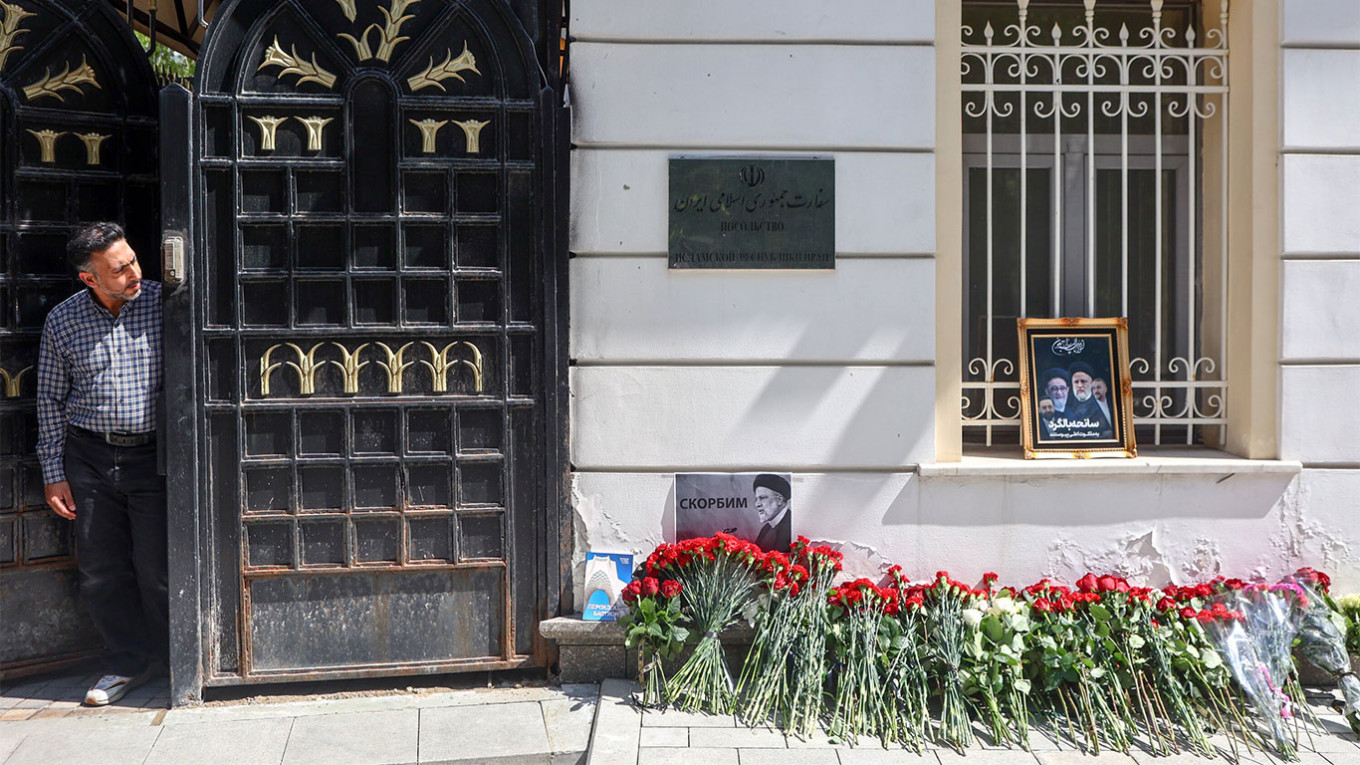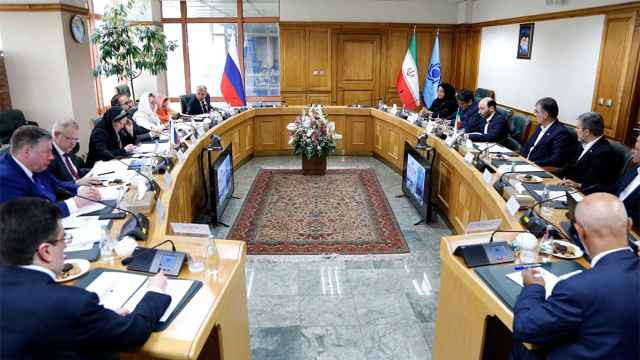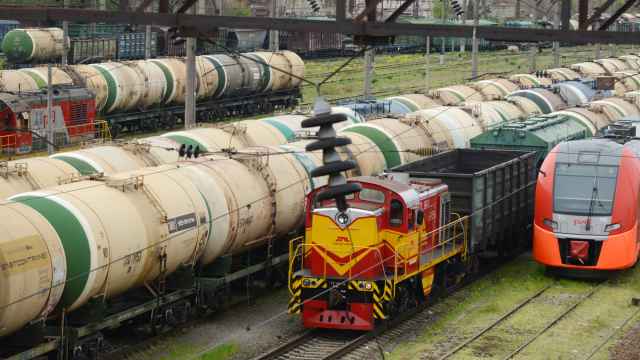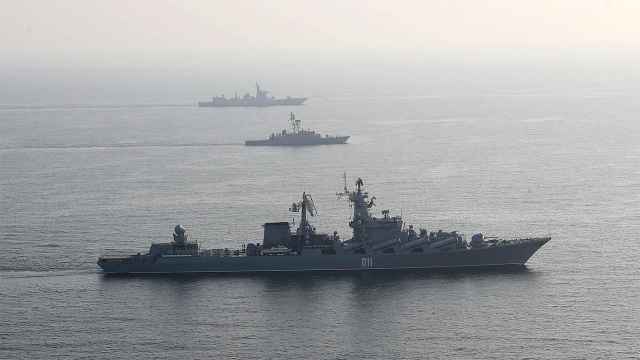No matter how unexpected the death of Iranian President Ebrahim Raisi in a helicopter crash on May 19, it’s unlikely to change the direction of Iranian politics in coming years, including the Russia-Iran relationship. The president is, after all, only the second most powerful person in the Iranian system (after the country’s supreme leader), and Iran is not a personal dictatorship. Both domestic and foreign policy are developed by a range of institutions and individuals. The nature of the Russia-Iran relationship is such that it is very difficult for even top officials to alter its direction.
It’s true that Raisi and Foreign Minister Hossein Amirabdollahian, who also died in the crash, were stalwart supporters of improving Iran’s ties with Russia. It was one of Raisi’s priorities from the very beginning of his presidency, and he selected Moscow for one of his first foreign trips in 2022. While that visit did not result in any dramatic agreements, ultimately, there was a historic breakthrough in the relationship under Raisi. That included a $40 billion agreement for state-owned gas giant Gazprom to invest in the Iranian oil and gas sector, another for Russia to construct the Rasht-Astara railroad that will complete the North-South Transport Corridor linking Russia to the Persian Gulf, and another to set up a full-fledged free trade zone between Iran and the Russia-led Eurasian Economic Union.
The biggest innovation, however, has been the military cooperation between the two countries. Following the full-scale invasion of Ukraine, Iran began exporting arms to Russia for the first time, while Iranian instructors have been training Russian soldiers in modern warfare. In exchange, Iran has received military training planes, and looks like it will soon get a score of Su-35 fighters.
All this, however, is not a result of the Iranian president’s interest in Russia. It is Russia’s attack on Ukraine, and Moscow’s ensuing isolation from the West, that have nurtured the Iranian-Russian rapprochement. In other words, their closer ties reflect the new geopolitical reality, which will remain unchanged whoever becomes the new president of Iran.
Of course, there is no guarantee that the relationship will continue to grow stronger under a new president. Despite the headlines about flourishing Russian-Iranian cooperation, the reality is less impressive.
The main problem remains economic. In 2022—the first year of the war in Ukraine—the trade turnover between Iran and Russia increased 20 percent to a record $4.9 billion. One might have expected the following year to see a continuation of this positive dynamic (particularly after claims that the two countries now had a unified payments system). But the result was the opposite: in 2023 trade volumes fell by nearly 20 percent to $4 billion.
There’s nothing particularly surprising about such fluctuations if we look at the structure of Russian exports to Iran, which are dominated by grain (80 percent of the total). The decline in 2023 reflected the reduced amount of Russian grain Iran was purchasing.
Even despite the close ties between the two countries, new Russian goods and services are barely entering the Iranian market. The issues holding back Russian business are familiar ones: the lack of an effective mechanism for settling payments, and logistics. The Iranian and Russian banking systems may be integrated on paper, but there’s still no properly usable payment system, and the options that do exist charge extortionately high commissions. Problems with logistics are being addressed, albeit very slowly.
When it comes to Iranian exports to Russia, the situation is slightly better: in 2023, the value of exports increased 16 percent to $1.29 billion. The structure of Iranian exports is also changing: the proportion of agricultural goods is falling, while almost half are now industrial goods (chemicals, building materials, and spare parts). In other words, new Iranian goods are reaching the Russian market, and the trade balance is becoming more equitable as Iran ramps up exports.
While major intergovernmental agreements between Russia and Iran are often accompanied by a lot of hype, they are generally far less significant in practice. The multi-billion dollar Gazprom investment in Iran, for example, has not yet seen any significant progress on the ground. Similarly, construction work on the Rasht-Astara railroad has yet to get underway.
The exception is the defense sector. Iran is supplying Russia with huge numbers of drones and other equipment, including shells, bullets, body armor, and anti-tank weapons. Russia has even set up its own facility to localize the production of Iranian drones. It’s true that the exact volume of arms and equipment being bought by Moscow is unknown, since the trade information released by both countries does not include military goods. It could be anything from a few million dollars to a few billion.
Iran also plays another important role for Moscow: that of a country conferring legitimacy and status. Before the war, international conferences and similar events in Russia were attended by guests from all over the world. With the list of attendees now far shorter, the Iranians have become honored guests. Russian universities are signing agreements with their Iranian counterparts, while delegations of Russian officials and businesspeople head regularly to Tehran. Along with China, Iran is used as evidence by Russian officials that they are not isolated on the world stage.
Whoever replaces Raisi, Tehran’s anti-Western politics are unlikely to change anytime soon, and that means Russia and Iran will continue to be thrown together. At the same time, the myriad problems and sources of friction in their loudly trumpeted joint projects will inevitably remain, because what matters in that respect is not the personality of the leader, but the two countries’ bureaucratic culture, objective economic limitations, and a whole host of small details. Even if the next Iranian president is a convinced Russophile, that will not change anything.
The warming of Russia-Iran relations is grounded in objective reality. The two countries have been drawn together by the trauma of disappointment in the West, and by identifying as revisionist states drawing on civilizational foundations. Their cooperation is inevitable. Even the unexpected death of the Iranian president is too small-scale an event to escape this destiny.
This article was originally published by the Carnegie Russia Eurasia Center.
A Message from The Moscow Times:
Dear readers,
We are facing unprecedented challenges. Russia's Prosecutor General's Office has designated The Moscow Times as an "undesirable" organization, criminalizing our work and putting our staff at risk of prosecution. This follows our earlier unjust labeling as a "foreign agent."
These actions are direct attempts to silence independent journalism in Russia. The authorities claim our work "discredits the decisions of the Russian leadership." We see things differently: we strive to provide accurate, unbiased reporting on Russia.
We, the journalists of The Moscow Times, refuse to be silenced. But to continue our work, we need your help.
Your support, no matter how small, makes a world of difference. If you can, please support us monthly starting from just $2. It's quick to set up, and every contribution makes a significant impact.
By supporting The Moscow Times, you're defending open, independent journalism in the face of repression. Thank you for standing with us.
Remind me later.








